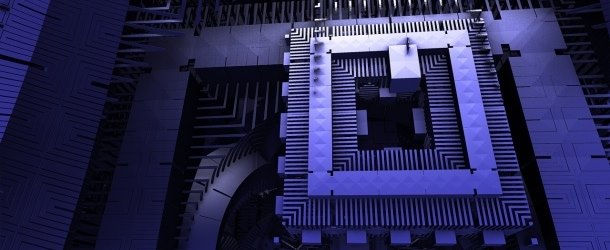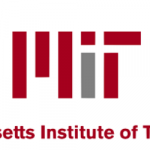The Quest for Quantum Information Technology Expands

(ElectronicsDesign) Research in quantum science has yielded promising advances towards new technologies: quantum sensors, quantum communications, and quantum computing. IQT-News summarizes here an extensive article from Electronics Design with original credits to Laser Focus World about the new generation of information technology based on quantum science.
The United States joined the European Union, United Kingdom, China, Japan, Canada, and Australia in launching quantum initiatives to nurture those new technologies. A push by the National Photonics Institute, a joint effort of the Optical Society (OSA) and SPIE, led to bipartisan passage of a law establishing the National Quantum Initiative (NQI), signed into law on December 21, 2018. Plans call for the government to invest some $1.2 billion in quantum science over five years, with industry to invest additional money.
On the government side, the National Quantum Coordination Office, part of the White House Office of Science and Technology Policy, coordinates quantum efforts by the National Institute of Standards and Technology (NIST), the National Science Foundation (NSF), and the Department of Energy (DoE). Research grants flow to scientists through the three agencies. Military and intelligence agencies will continue their own separately funded quantum programs and coordinate with the NQI.
NIST provides start-up funding for the Quantum Economic Development Consortium (QED-C) to enable and grow the U.S. quantum industry. Over 100 U.S. companies have signed letters of intent to join, with formal support agreements to go out soon.
As it emerges from startup mode, the QED Consortium is focusing on identifying quantum-enabling technologies and what developers need from them. They already have looked at cryogenics, a crucial field because most quantum devices operate near absolute zero, and the special cooling equipment is large and costly.
Progress is encouraging, but quantum technology is still in its early stage. “In two to five years we will have quantum computers that do something useful,” says Mark Tolbert, CEO of TOPTICA-USA, who is actively involved with QED-C and the NQI. Honeywell, IonQ, Google, and others have demonstrated devices, but he says they are “still trying to figure out what they can do with them.”
Look back 20 to 30 years, and you can see the birth of the Internet and a time when 56 kbit/s modems seemed fast and we thought a megabit to the home would be blindingly fast. Look forward that far, and you can expect another transformation of information technology.
Scientific direction on the government side will come from the bottom up, with researchers writing proposals and peer reviewers selecting which to fund. The goal is to go beyond the use of quantum transitions in lasers and atomic clocks to “Quantum 2.0” applications that use quantum entanglement, including computing, communications, and sensing.
Development barriers are lowest for quantum sensing, so it is likely to be the first quantum technology to be widely deployed, says Chris Haimberger, technology manager of Toptica-USA (Farmington, N.Y.). Indeed, NIST already has reported an amazingly precise systematic uncertainty of 9.4 × 10-19 with an atomic clock based on quantum-logic spectroscopy of a transition in aluminum-27 ions.





















